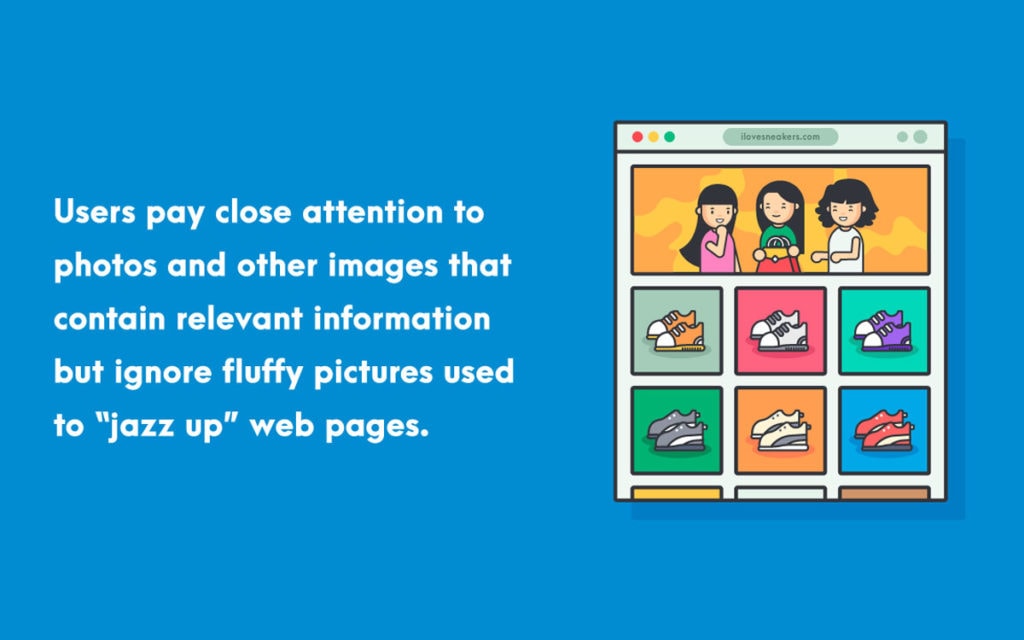
06 Jun 10 Creative Marketing Strategies to Boost Your Business
10 Creative Marketing Strategies to Boost Your Business
Our audiences are interacting on more platforms — and in a greater variety of mediums — than ever before. Visual content, from short videos and photography to infographics and motion graphics, is now dominating the way we communicate with each other. This puts more pressure than ever on marketers to come up with creative marketing strategies that engage audiences’ attention and compel them to learn more.
Every brand is different and has a unique set of goals, which is why every company needs a custom content campaign that combines the types of media that will best achieve their goals.
But one thing is sure across every brand and industry: a strategy driven by creative visual content will produce better results than text, every time.
That’s because text fails to drive engagement, with users reading on average only 20 per cent of a web page with 600 words or more. And with 91% of consumers saying they prefer visual content over traditional formats such as text, brands need to adapt to survive and thrive in what is now a genuinely visual world.
So, let’s take a look at 10 creative marketing strategies, including tips to take your next promotion plan to the next level.
Need help with your Brand Marketing?
Get in touch with Inkbot Design today for a FREE Quote
1 – Use Video and Motion Graphics to Stand Out
Cisco predicts that, by 2022, 82 per cent of all web traffic will be driven by video. That’s a stunning figure, and a testament to just how much visual content has come to dominate our lives.
It’s also, more specifically, a testament to the power of video and motion graphics. And for brands, it signals an opportunity. If you’re not producing video content, you’re probably going to be outshined by your competitors, since they, too, know the power of this medium.
Live-action videos, animated motion graphics, and live-action videos with animated elements are useful in achieving almost any brand goal.
Whether you want an explainer motion graphic on how to use your product, a promotional video encouraging people to subscribe to your service, or educational videos related to your industry, the possibilities are truly endless.
Find a way for your brand to offer real value to your audiences, and design a motion graphic or video that delivers that value.
2 – Create Visual Content for Stories

Stories are broadly available on many social media platforms — from Instagram and Snapchat to YouTube and Facebook — yet they aren’t utilised nearly enough by brands.
This is true even though they offer a significant advantage: on platforms such as Instagram, they put your content right at the top of people’s feeds. It’s an opportunity to draw unique attention to your brand. And there’s proven potential: Gap saw a 73-per cent increase in click-through rates on their campaigns when they started using Stories.
What’s more, those brands that are publishing Stories aren’t always optimising the visual content they produce for their Stories to appear well in that context.
Stories require vertically-oriented content, which means that simply reposting an asset you’ve created for an Instagram post probably won’t look very good. Take the time to repurpose your existing content for Stories, and you may tap into whole new audiences.
3 – Embrace Interactive Media
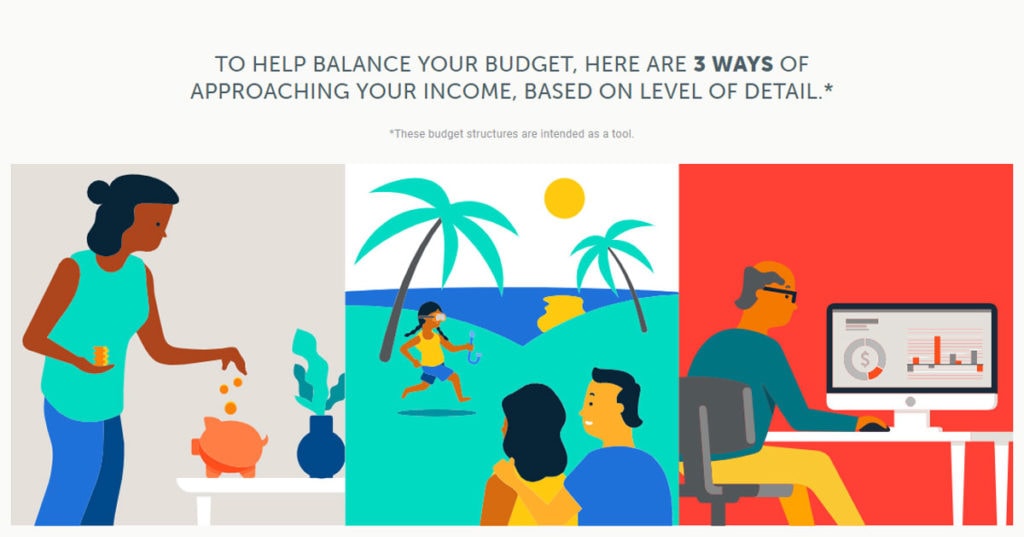
Chances are, you’ve engaged with some form of interactive visual content relatively recently. Maybe you’ve done your taxes using TurboTax’s interactive interface. Or perhaps you’ve calculated your debt using something similar to this interactive tool from Pacific Northwest Credit Union BECU:
The tool uses information that you input about your income to create custom graphs just for you. It’s a great example of a creative strategy for driving more engagement and building trust with potential customers because personalisation makes users feel more confident that the recommendations you’re making are right for them.
Given that 72 per cent of consumers say they’ll only engage with content that’s personalised to them, interactive media such as widgets, calculators, interactive infographics, and microsites are now looking to be a must for most brands because of their incredible capacity for personalisation.
Utilising more creative interactive media is one of the most effective digital marketing tips on this list.
4 – Design Better eBooks
Your ebooks and white papers may be useful and informative resources for your audiences — but if it’s not easy to find the essential information quickly, then they might easily move on.
Most audiences’ attention drifts when they’re presented with a wall of text. That’s why today’s ebooks, white papers, and even annual reports should be as visual as possible.
Data visualisation is usually a pivotal addition to ebooks. It makes the most critical information quick and easy to find. What’s more, it makes patterns easier to spot, and helps users draw more immediate conclusions about the information you’re presenting.
Illustrations and icons also help keep users engaged with the content. You can even embed video and links into PDFs.
5 – Make Your Emails Visual
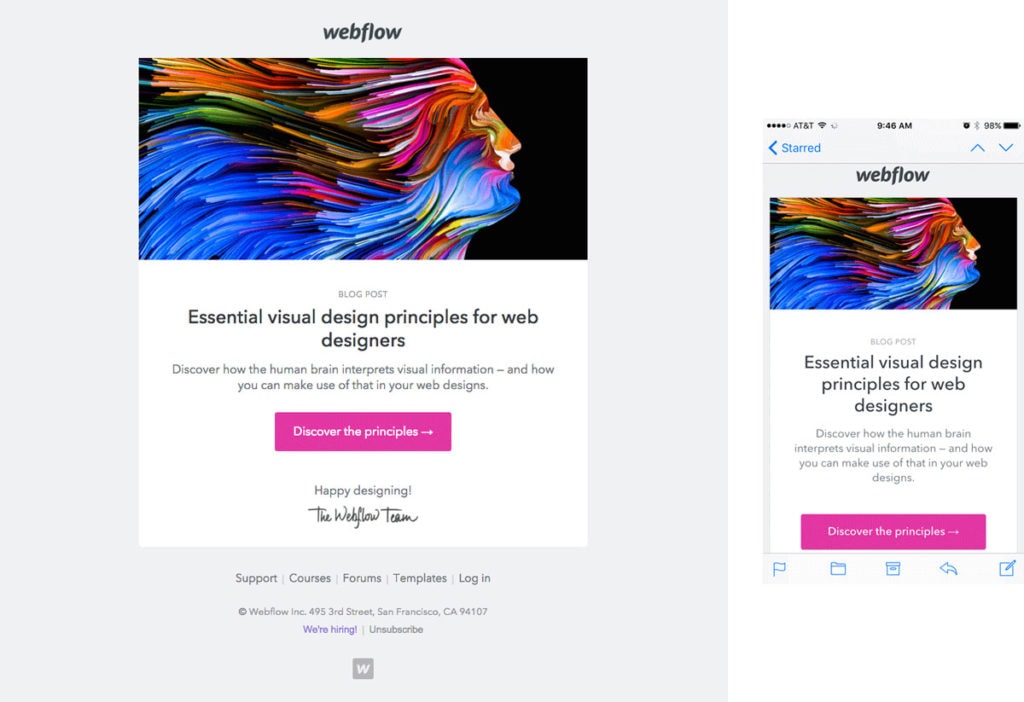
As we’ve already established, the text just isn’t engaging your audiences anymore. So why would you send them text-heavy emails?
Your email content should be just as engaging as an infographic or interactive microsite in the sense they can quickly understand what it’s about just by looking at the visuals, and click through and explore only what’s most interesting to them.
Don’t hide the most compelling information in blocks of text. Make it stand out through illustration and data visualisation, then urge them to click through if they want to learn more.
6 – Maintain Consistent Branding Across All Content
An essential part of any creative marketing strategy is ensuring that all your content helps you build brand recognition. But when you don’t maintain consistent branding across all the content you produce, and across all channels, this becomes very hard to do.
That’s why, as you expand your use of visual content, you’ll want to make sure you have useful and comprehensive brand guidelines in place that offer clear directives for how they should be applied across a variety of content.
This doesn’t mean that some individual marketing campaigns won’t require their own visual language — sometimes, a distinct audience or goal will necessitate stepping away from your corporate brand, in large or small ways.
But the goal is to give all your content a clear, recognisable identity. That way, audiences come to know and trust your voice, and will even start coming to you for authoritative content in the areas where you specialise.
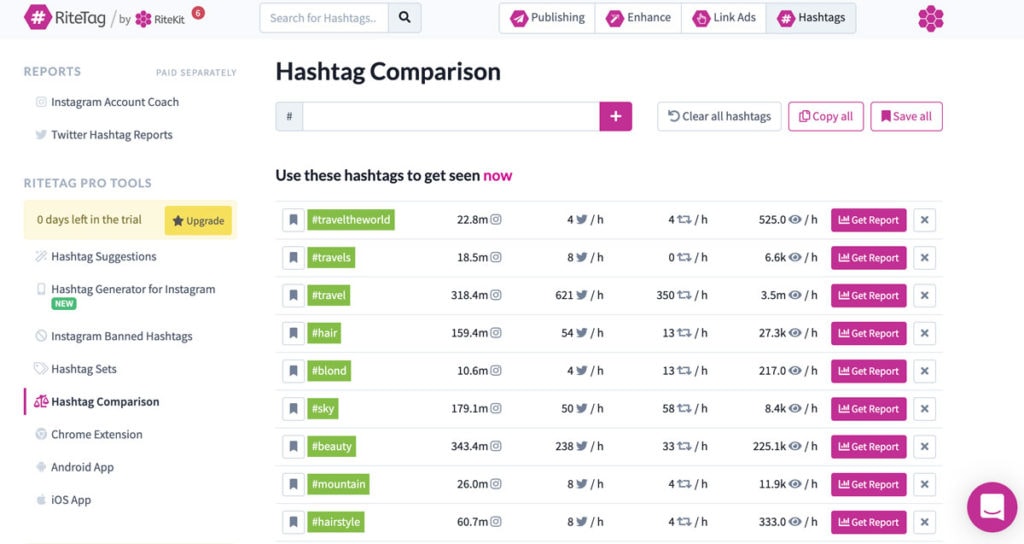
Paying attention to what people are already talking about and joining in on those conversations is a creative marketing strategy that many marketers overlook. But it can be potent.
For instance, if you can relate an upcoming holiday to a topic that your brand can speak authoritatively about, take that opportunity.
If you build solar panels, create an infographic about how much solar power can reduce carbon emissions for Earth Day. If you run a dating app, create an interactive quiz for Valentine’s Day. And if a hashtag is trending that’s relevant to you, determine what type of visual content you can add to that conversation. Just always make sure what you’re offering is of real value.
8 – Embrace Visual User-Generated Content
Brands aren’t the only ones producing viral visual content. That’s what makes user-generated content, or UGC, such a powerful tool for some brands.
Think about how you can highlight the UGC created about your audiences in a way that both puts them front and centre and builds favour with your brand. This might entail asking users to post pictures of themselves using your product along with a particular hashtag, then sharing those pictures on your own platforms.
You might even incentivise this with prizes or discounts. Likewise, you can highlight UGC on your site, offer influencers the chance to write guest posts — the possibilities are truly endless. Find what’s right for your brand.
9 – Donate Your Time and Services to Nonprofits
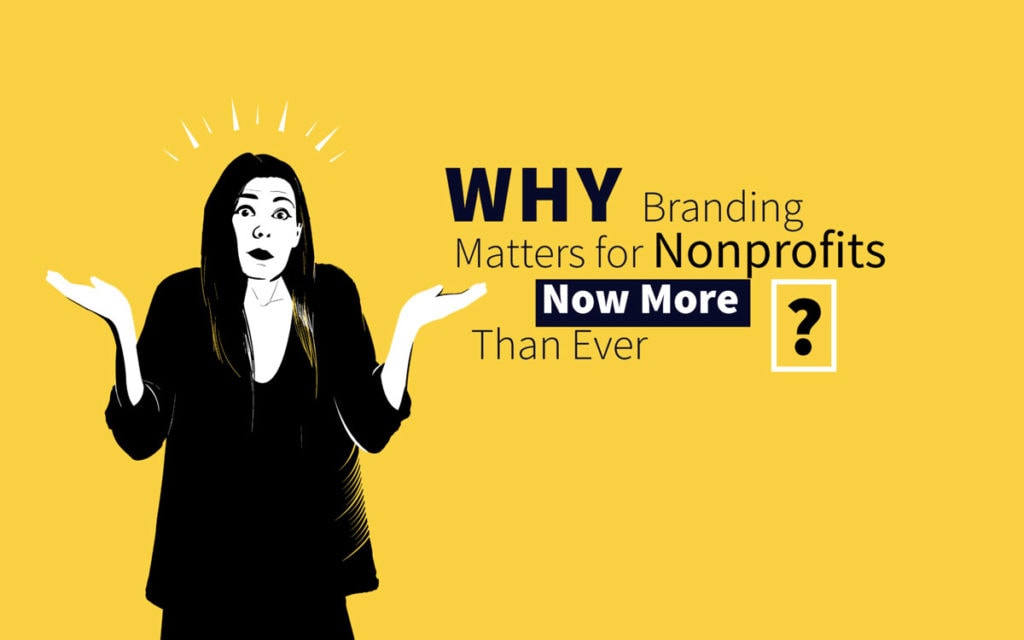
As organisations, it has never been more important to give back what we can to our communities. And these efforts should be, first and foremost, motivated by the desire to help, not to self-promote. Looking overly self-promotional in these efforts can backfire.
But if you sincerely donate your time, services, or money as an organisation to a nonprofit you care about, especially one whose cause relates to your industry, this is likely to drive some business benefits as well.
That’s because it requires you to get out into the community and meet others like yourself who care about the cause.
Networking and building those connections is always good for business — and they’ll admire that you’re out there doing the work. This is a creative marketing strategy that requires patience and effort, but even if it doesn’t generate new business, it’ll be well worth your while.
10 – Tap into Podcasts, Webinars, & Speaking Engagements
Podcasts are more popular than ever before, and so are webinars. Select someone in your company who can serve as a thought leader and evangelise your brand, then reach out to podcasts and conferences that might be interested in what they have to say.
If they’re doing webinars or live speaking engagements, make sure they’re equipped with a highly visual presentation deck that will complement and elevate the story they have to tell.
The networking opportunities and brand recognition boost that result from these engagements can be a massive help to your brand.
Today’s Creative Marketing Strategies Put Visual Content First
Visual content has come to dominate the way we interact with friends, family, and colleagues daily. Brands that recognise this and adopt creative marketing strategies that put visual content first are the most likely to succeed moving forward.
Try some of the creative marketing strategies I’ve outlined here to ensure your content is dynamic, engaging, and innovative.



